In 2024, housing trends are becoming more innovative and eco-friendly than ever. However, not every trend is as safe or beneficial as it appears. From ultra-modern smart homes to minimalist designs, here are 20 hidden dangers that homeowners should be aware of when following the latest housing trends.
Smart Home Security Risks
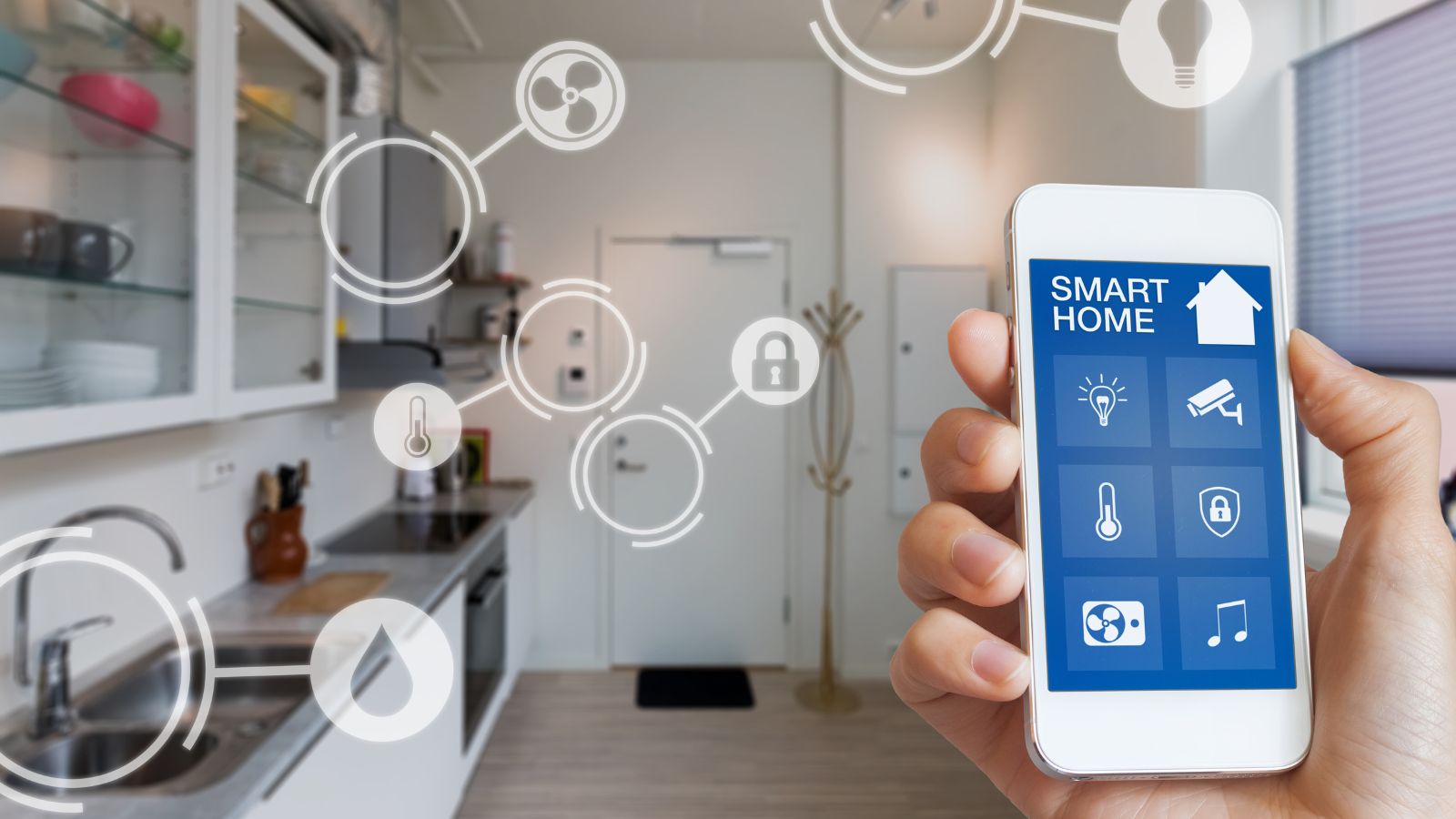
In 2024, smart homes have become the norm, with nearly every household connected to the internet. While this connectivity enhances convenience, it also exposes homeowners to security risks. Weak security measures can make homes vulnerable to hacking and cyberattacks. Investing in robust security systems and regularly updating software to protect your home and personal data is essential.
Minimalism May Lead to Insufficient Storage
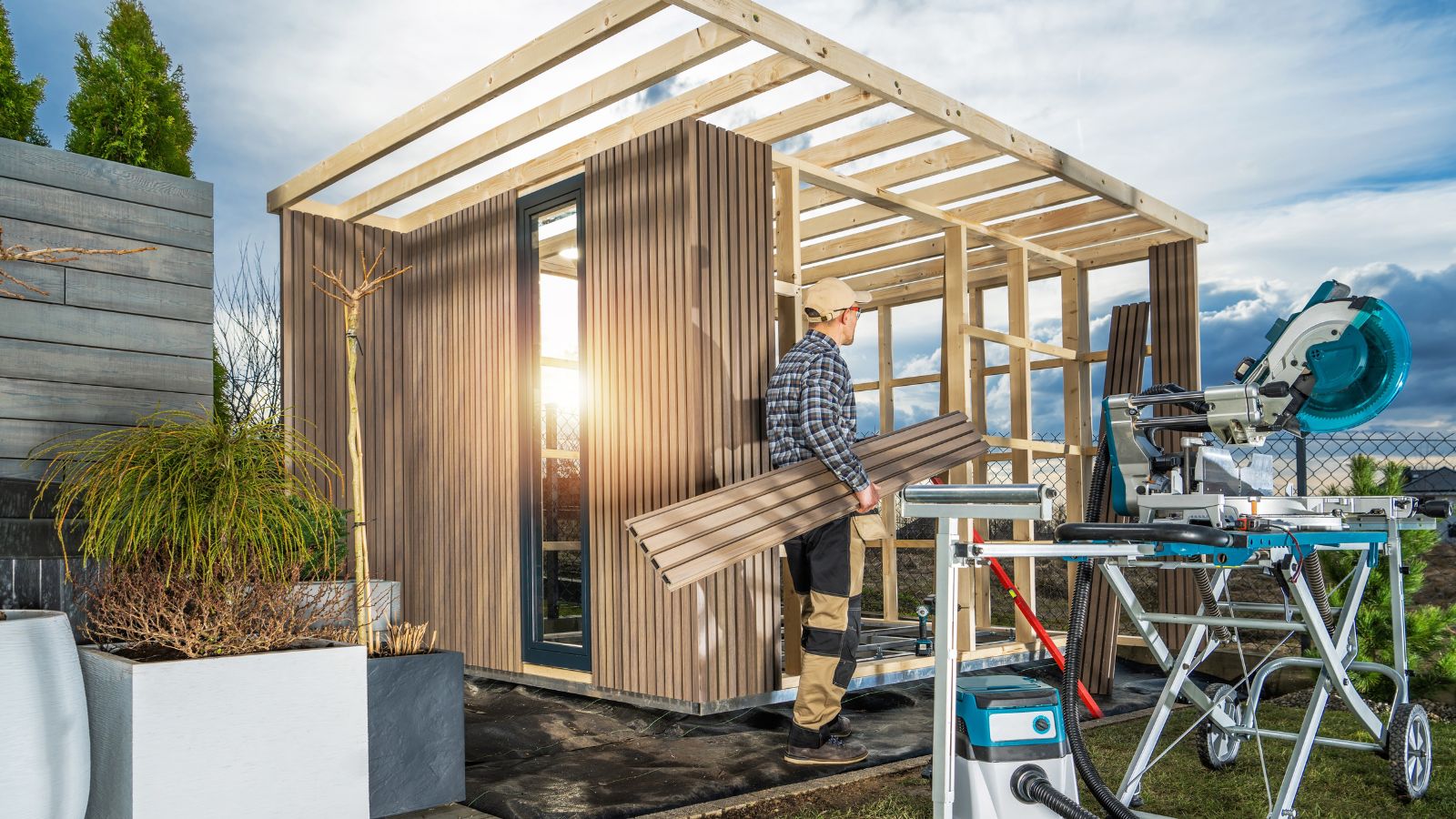
The allure of minimalism has captivated many homeowners, especially millennials. This design philosophy promotes sleek, clutter-free spaces that can make homes appear more prominent. However, minimalism can lead to insufficient storage. Over time, homeowners may find themselves needing extra space for their belongings, leading to costly external storage rentals.
Open-Concept Overheating
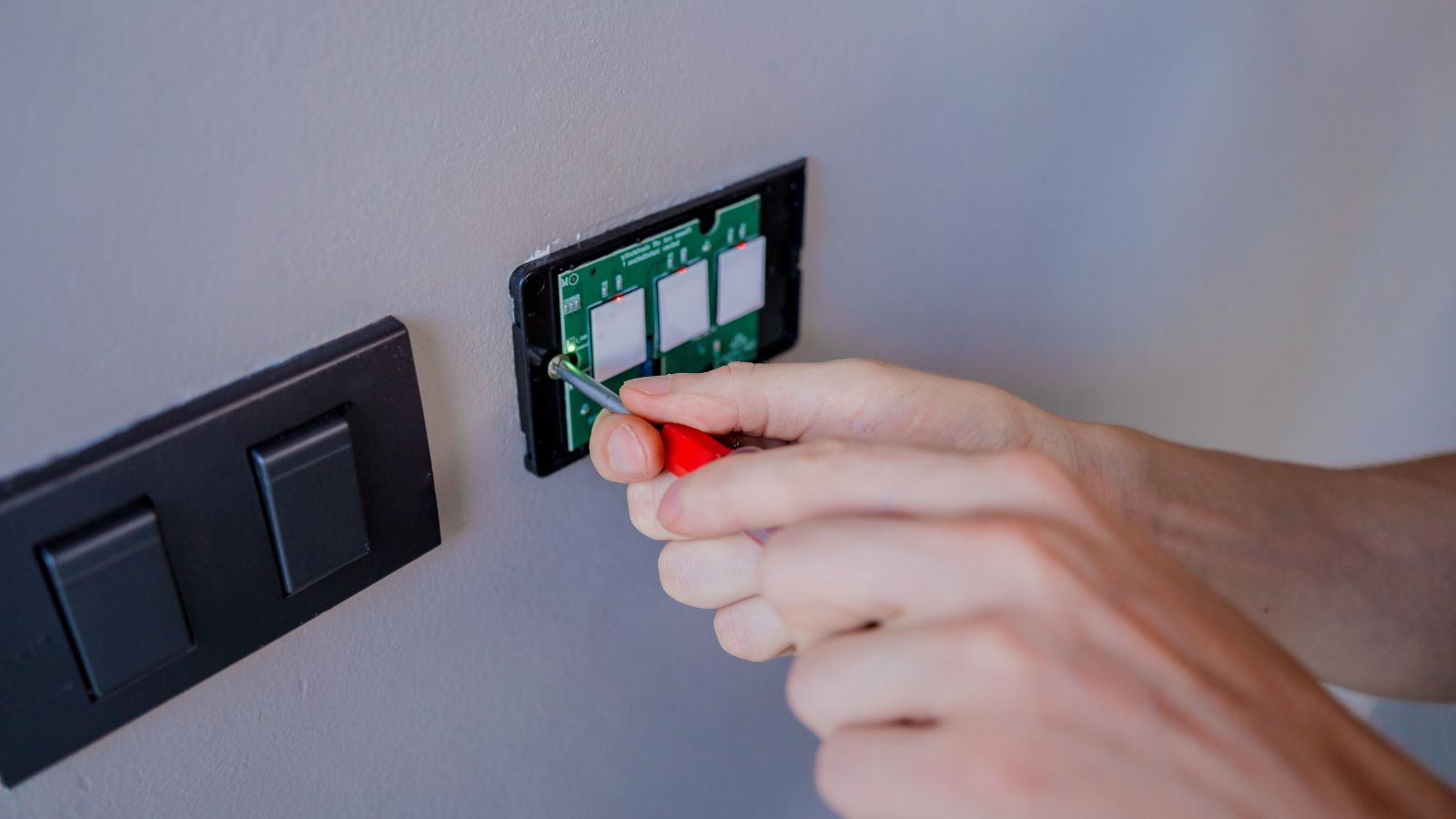
Open-concept living spaces are visually appealing and promote a modern lifestyle. However, large, interconnected rooms can make heating and cooling challenging. Without proper insulation or zoning, these spaces may become uncomfortable in extreme temperatures, resulting in higher energy bills. Homeowners should carefully consider the long-term implications of this design choice.
Excessive Use of Glass Can Increase Energy Bills
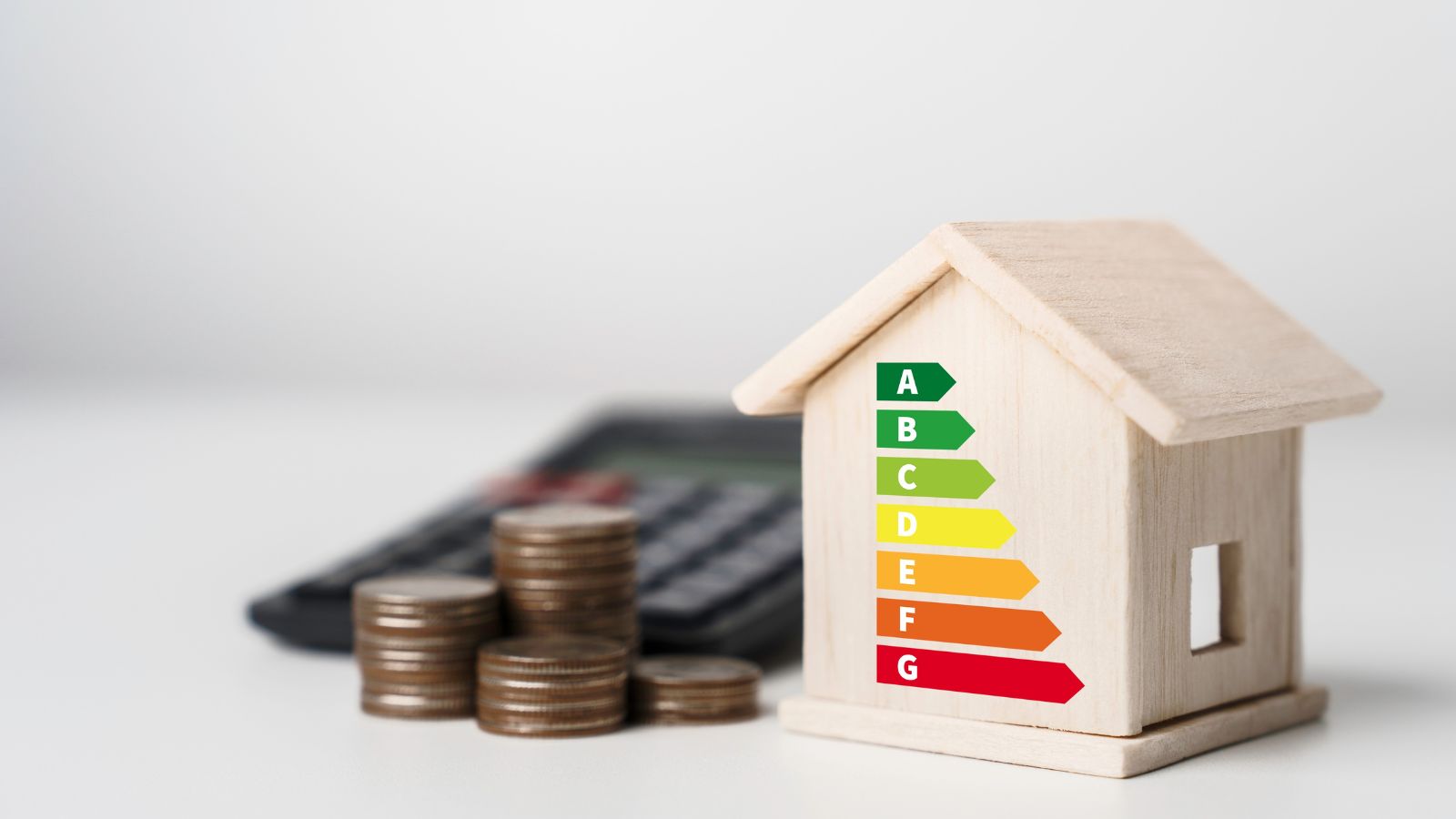
Floor-to-ceiling windows and glass walls offer stunning aesthetics but often lack proper insulation. While these features enhance natural light and views, they can lead to significant energy costs as homeowners struggle to maintain comfortable indoor temperatures throughout the year. Investing in energy-efficient glass can help mitigate these issues.
DIY Home Renovation Fails
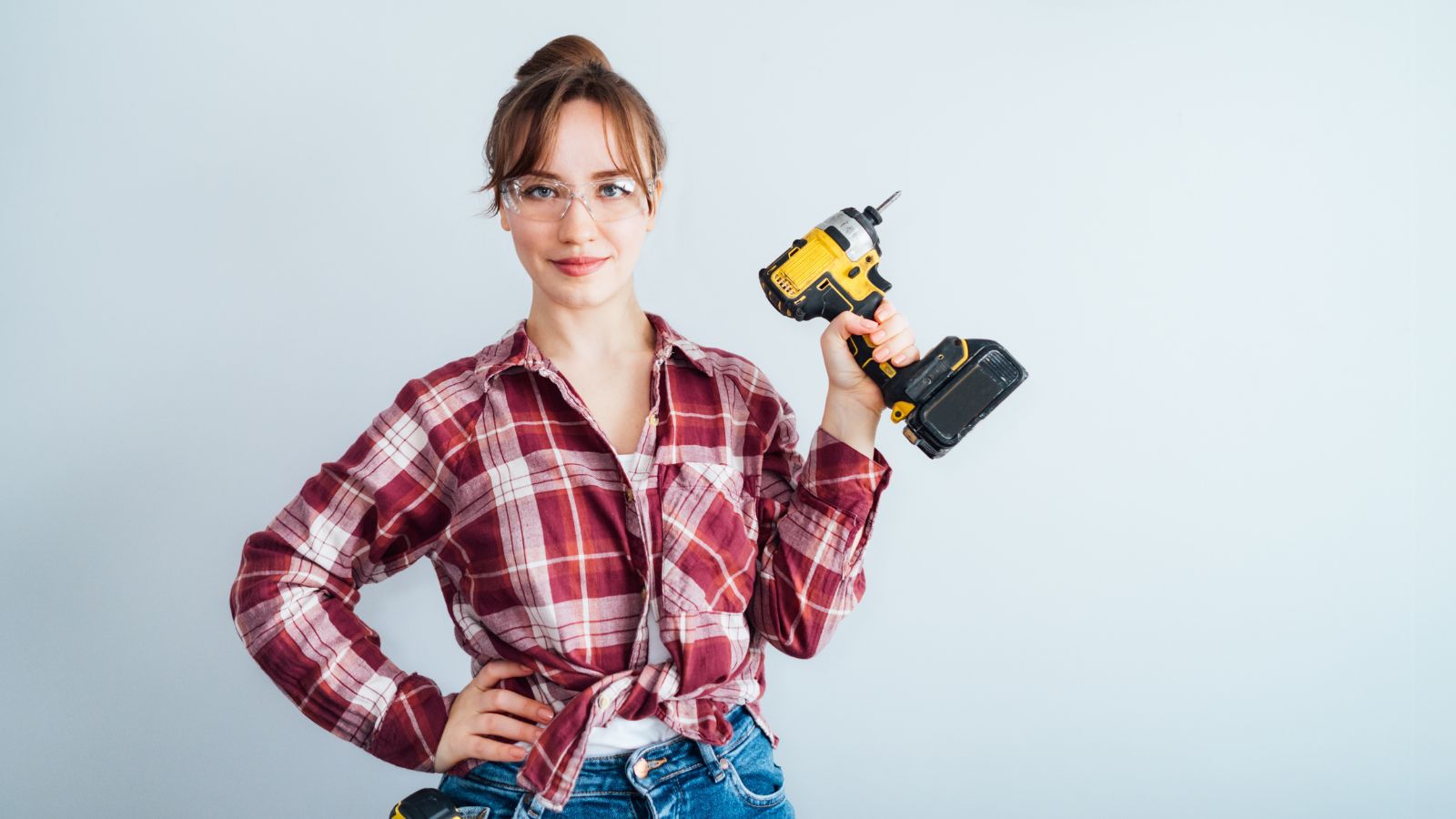
The rise of DIY culture has led many homeowners to tackle renovation projects themselves. While simpler tasks like painting can be rewarding, more complex jobs—such as electrical work or plumbing—require professional expertise. Mistakes in these areas can result in safety hazards and costly repairs. Homeowners should assess their skills before committing to significant projects.
Oversized Kitchens for Unnecessary Cooking

Kitchens are often considered the heart of the home, prompting homeowners to invest heavily in them. However, overspending on commercial-grade appliances and expansive countertops can be wasteful, especially for those who don’t cook regularly. These large spaces require more maintenance and resources than simpler designs. Homeowners should prioritize functionality over size.
Tiny Homes and Claustrophobia
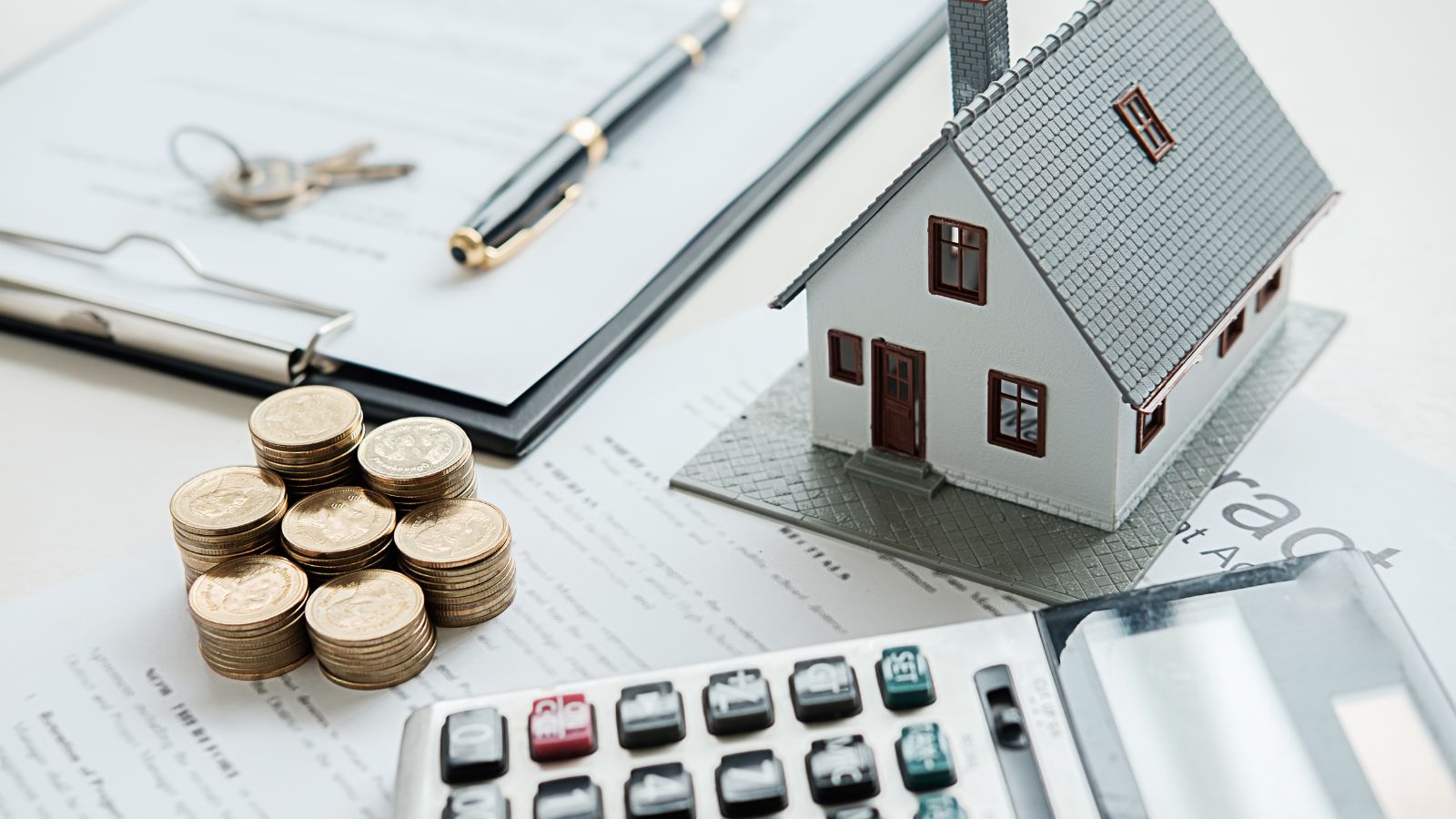
The tiny-house movement appeals to many advocates of sustainability and simplicity. However, living in limited spaces can become stressful for families or individuals used to larger homes. Over time, tiny houses can feel claustrophobic and restrict personal space. Prospective buyers should carefully evaluate whether a tiny home aligns with their lifestyle.
Sustainability Shortcuts

As environmental awareness grows, many homeowners strive to incorporate “sustainable” materials into their homes. However, some products marketed as sustainable may not be genuinely eco-friendly. Homeowners should conduct thorough research to ensure they make informed choices about sustainability.
Poor Indoor Air Quality in Airtight Homes
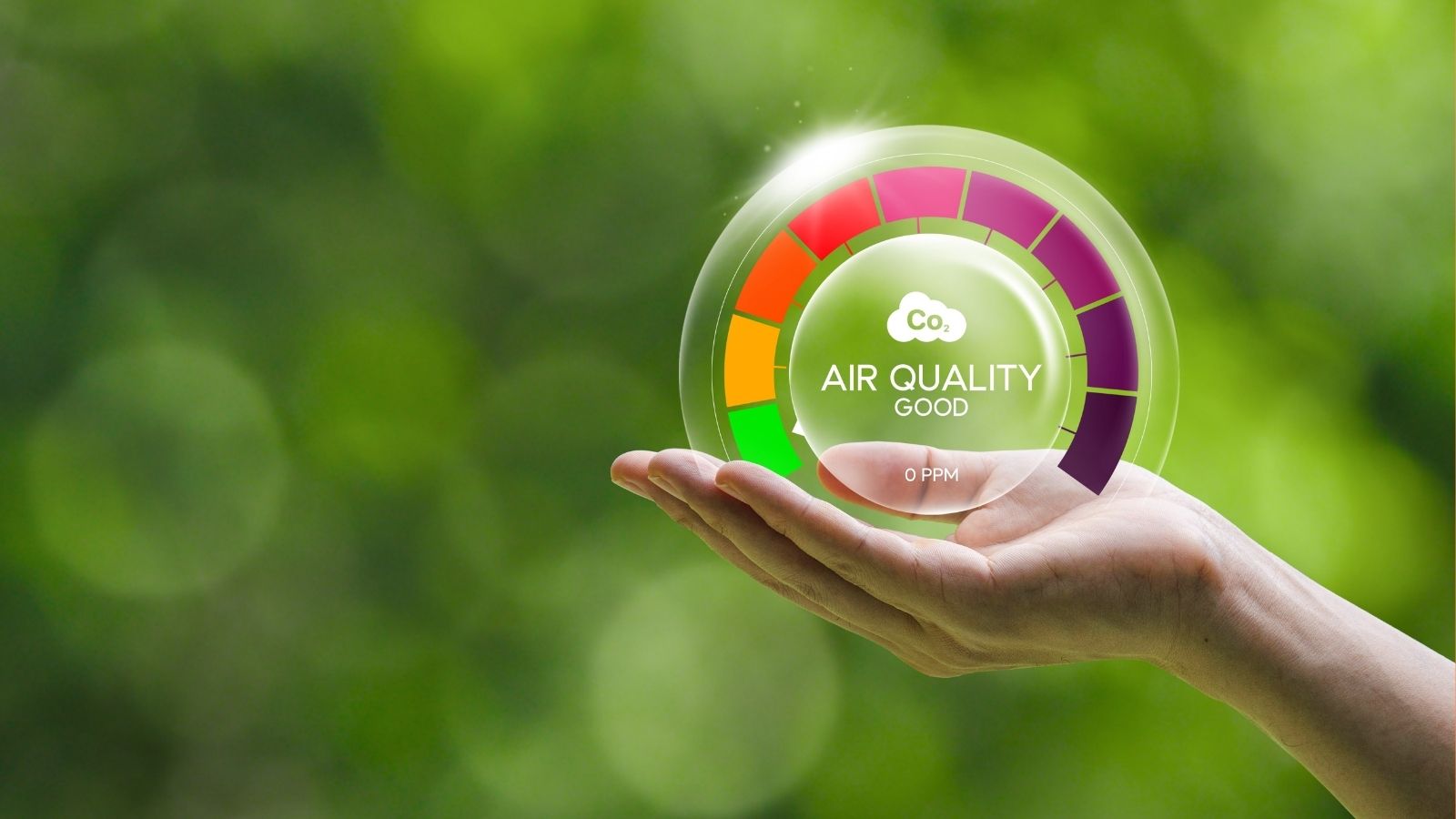
Effective ventilation is crucial for maintaining a healthy living environment. However, some modern homes are designed to be excessively airtight for energy efficiency. This design can trap indoor pollutants, leading to poor air quality and potential health issues. Homeowners must prioritize proper ventilation to ensure a safe atmosphere.
Noise Pollution in Open Floor Plans

Open floor plans may create a modern and inviting touch to homes but can also contribute to noise pollution. Sound travels easily in these layouts, making it challenging to maintain privacy and tranquility. Homeowners might consider traditional designs that blend modern aesthetics with soundproofing elements for improved comfort.
Unintended Maintenance from Green Roofs
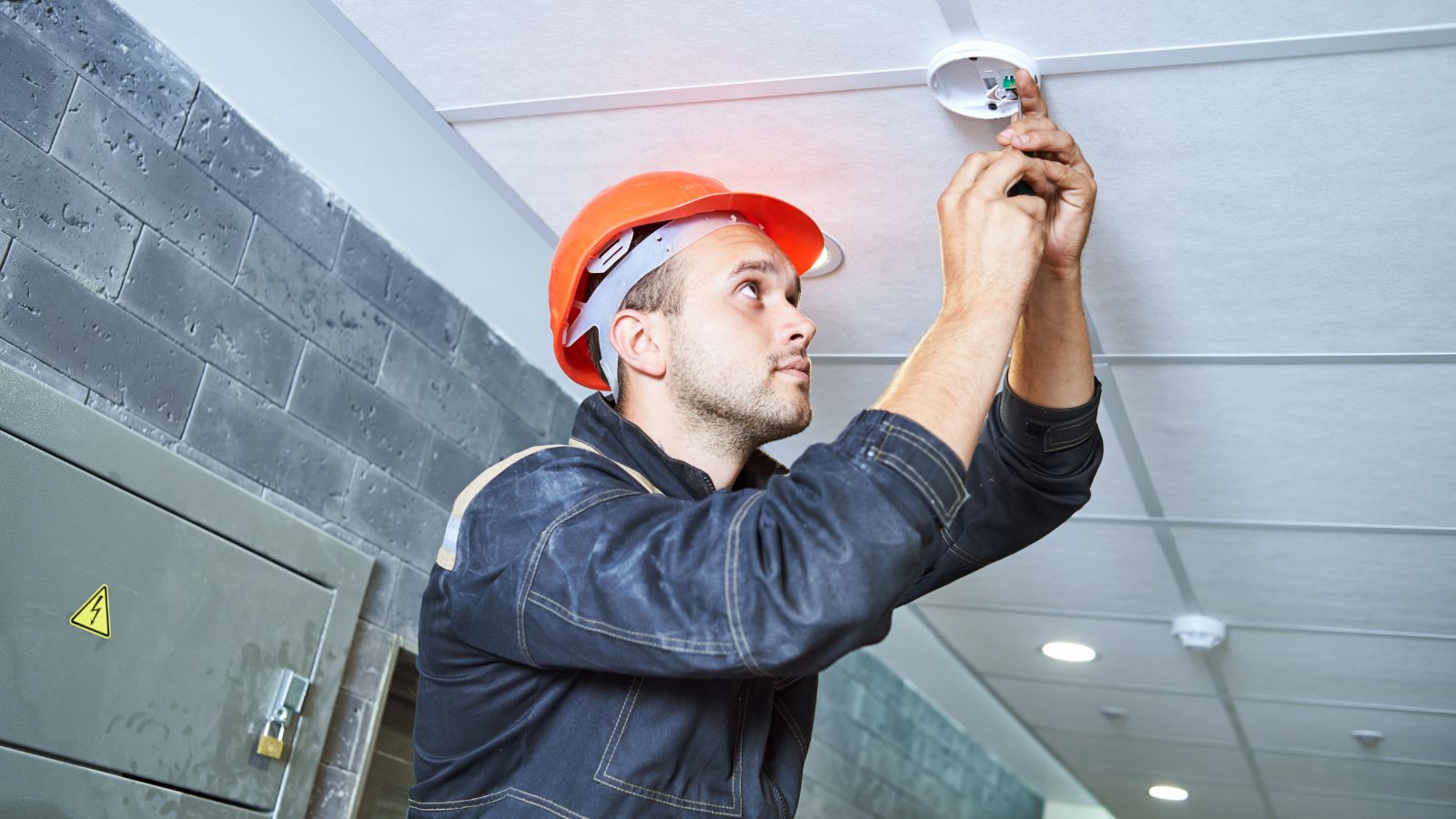
Green roofs can provide environmental benefits, such as improved insulation and increased biodiversity. However, they require high maintenance. If not properly cared for, green roofs can become breeding grounds for pests and weeds, potentially leading to structural issues. Homeowners should be prepared for the ongoing commitment to maintaining green roofs.
Smart Appliances with Short Lifespan
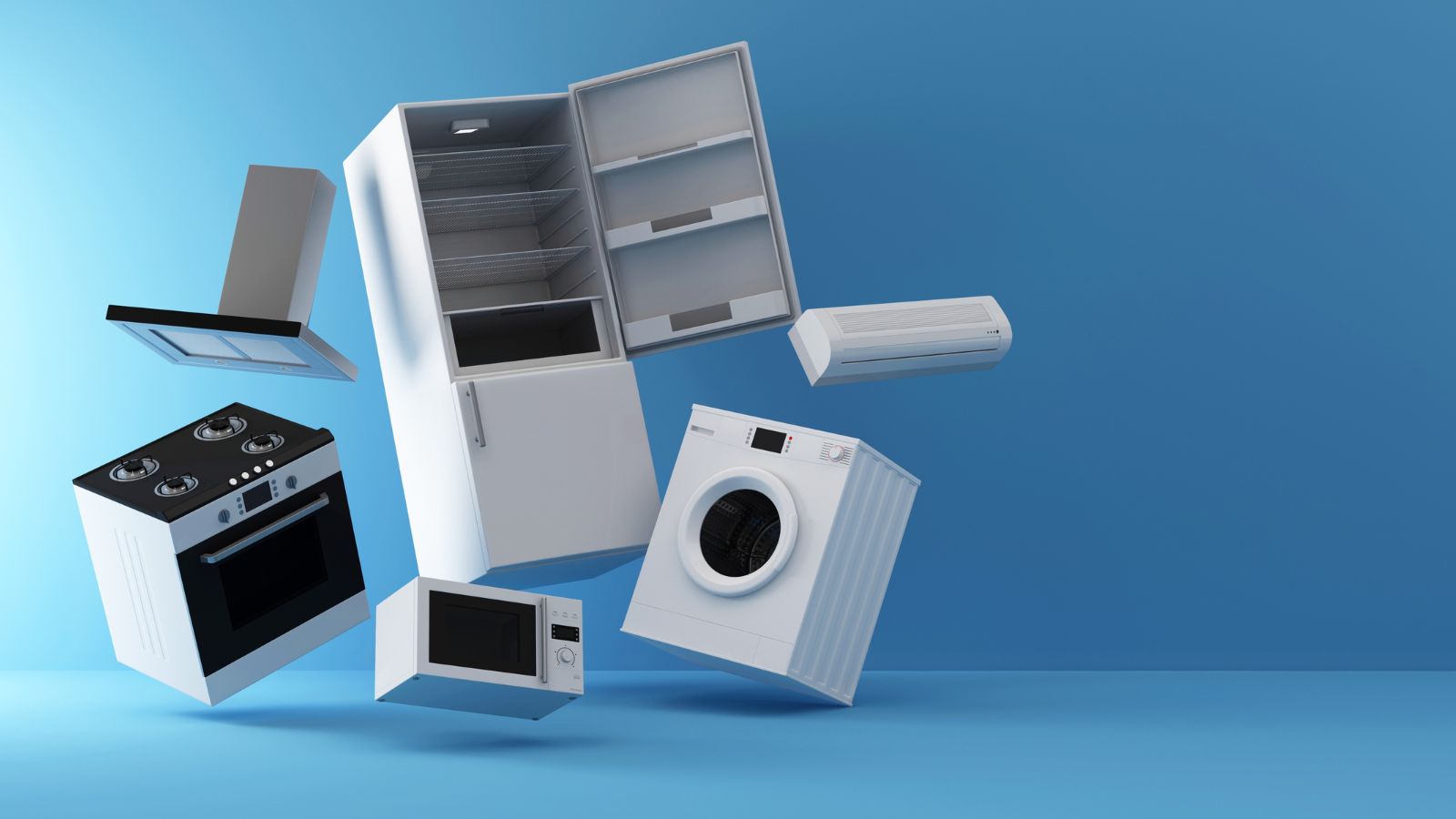
Smart appliances offer unparalleled convenience, leading to their increasing popularity. However, many of these devices have shorter lifespans than traditional appliances. Additionally, repairs can be costly. Homeowners should carefully consider the long-term viability of smart appliances before making purchases.
Expensive, Unused Outdoor Living Spaces
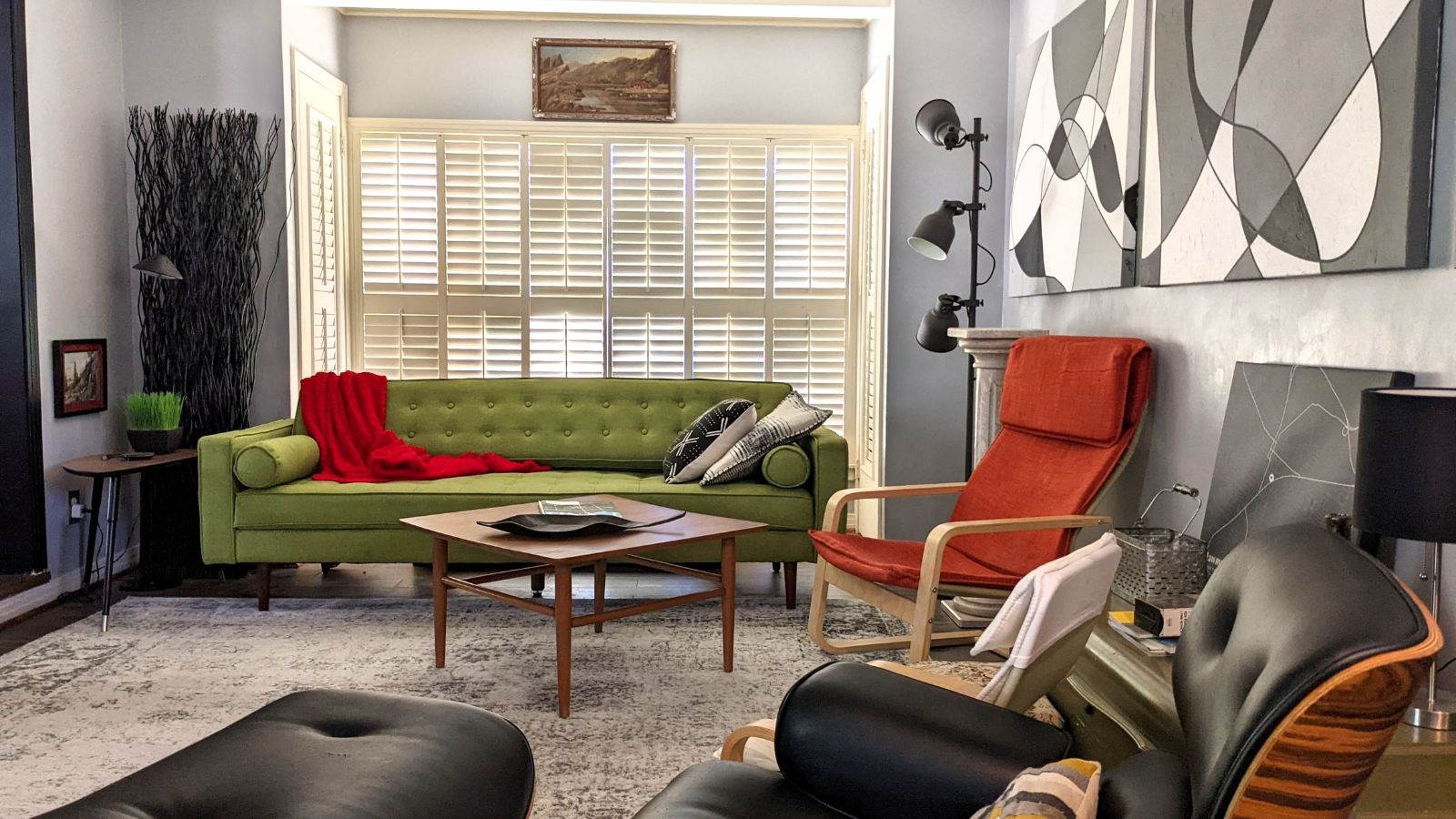
The expansion of outdoor living spaces has gained significant attention, but these additions can become costly mistakes for those in harsher climates. Outdoor kitchens and elaborate seating areas may look appealing, but they represent a wasted investment if they can’t be utilized year-round. Homeowners should assess their local climate before committing to such projects.
Over-Reliance on Trends
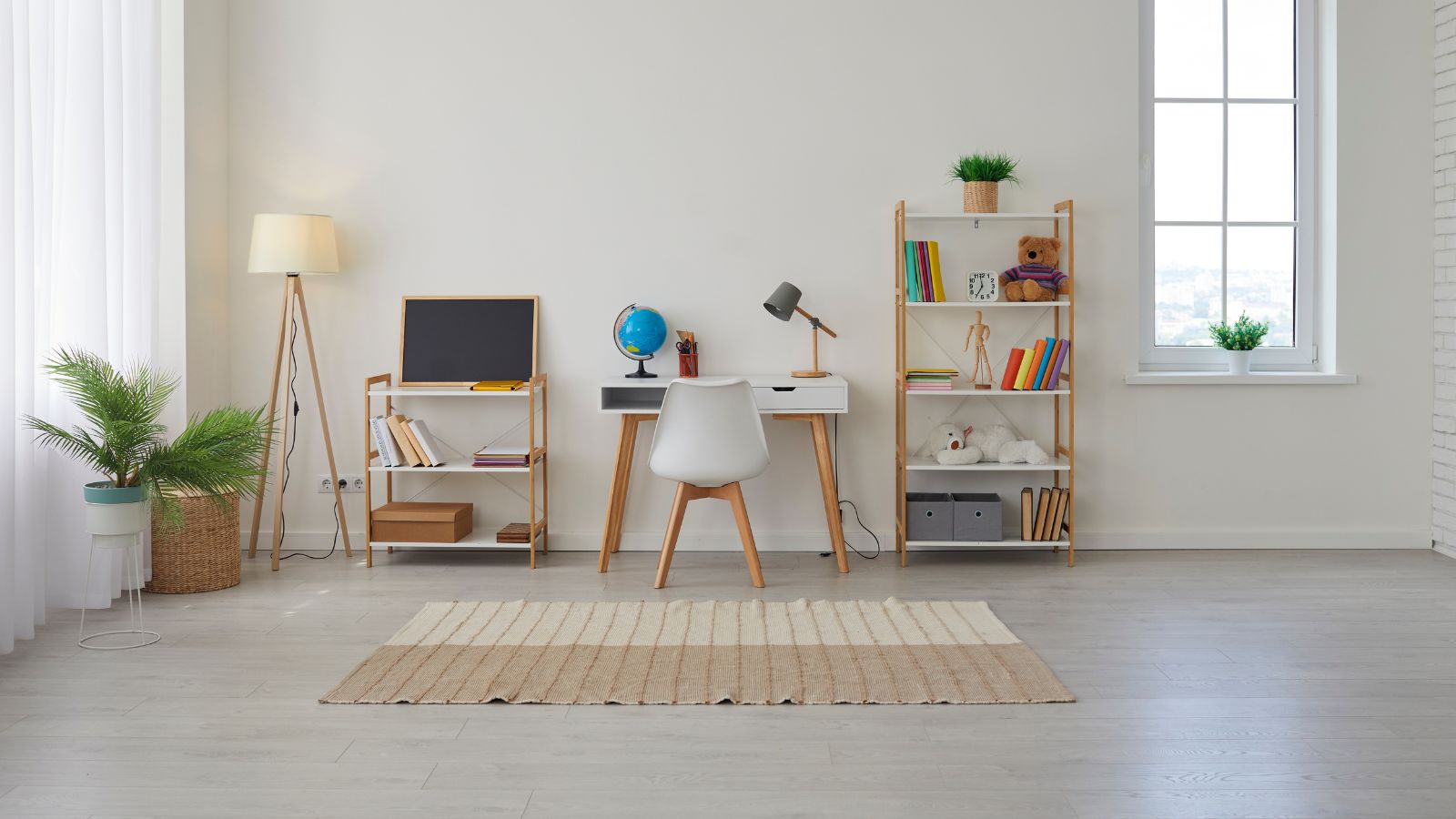
In 2024, it’s essential to recognize that design trends can shift rapidly. While it’s tempting to incorporate the latest styles, focusing solely on current trends can negatively impact resale value. Homeowners should blend timeless design elements with trendy features to create appealing spaces over time.
Dark Color Schemes Leading to Gloom
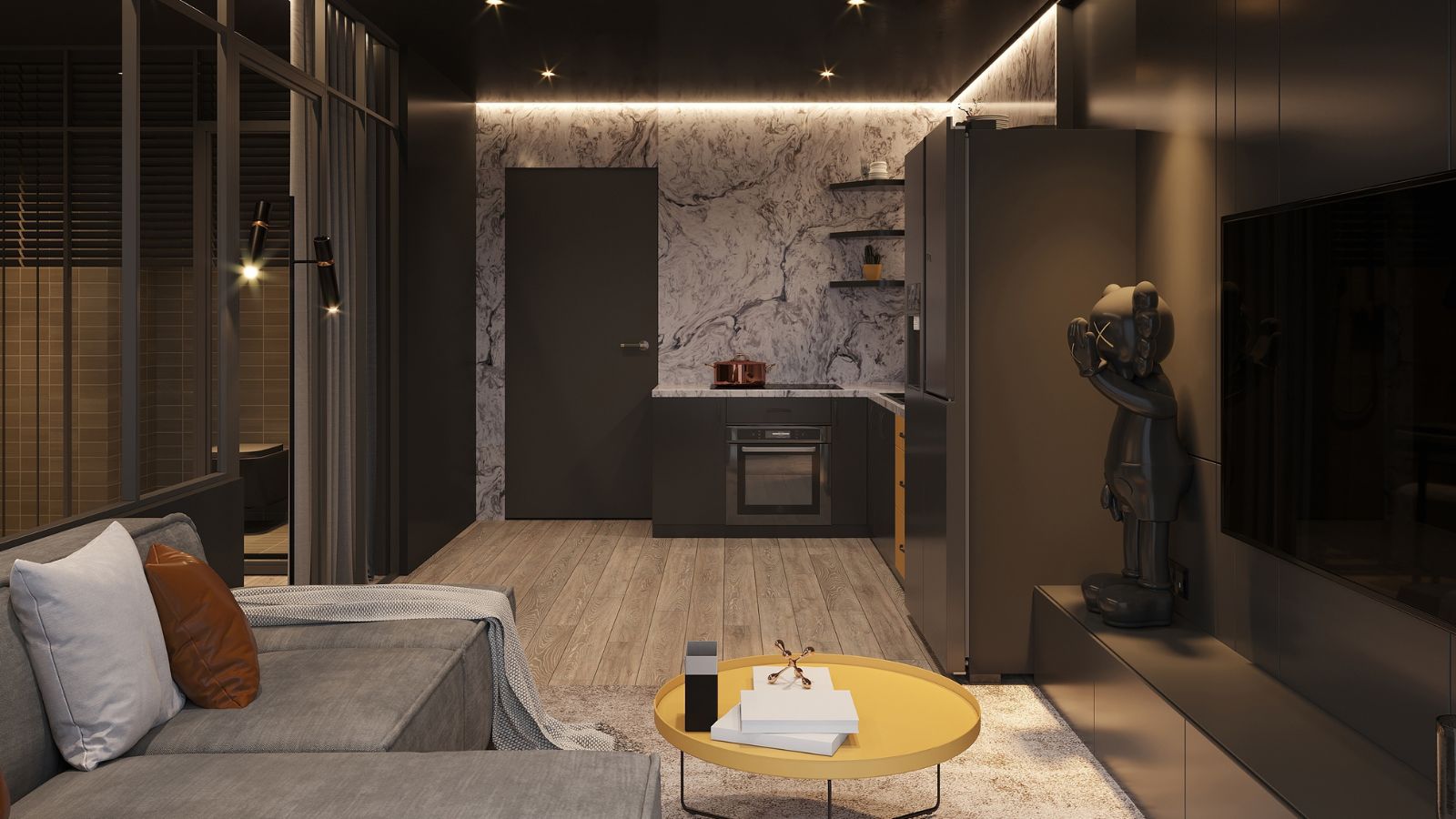
The trend of darker color schemes is on the rise, but these hues can make spaces feel smaller and less inviting. Homes should be sanctuaries of comfort; overly dark interiors can affect mood and overall well-being. Striking a balance between bold colors and lighter tones can help create a welcoming atmosphere.
Luxury Bathrooms that Drain Resources
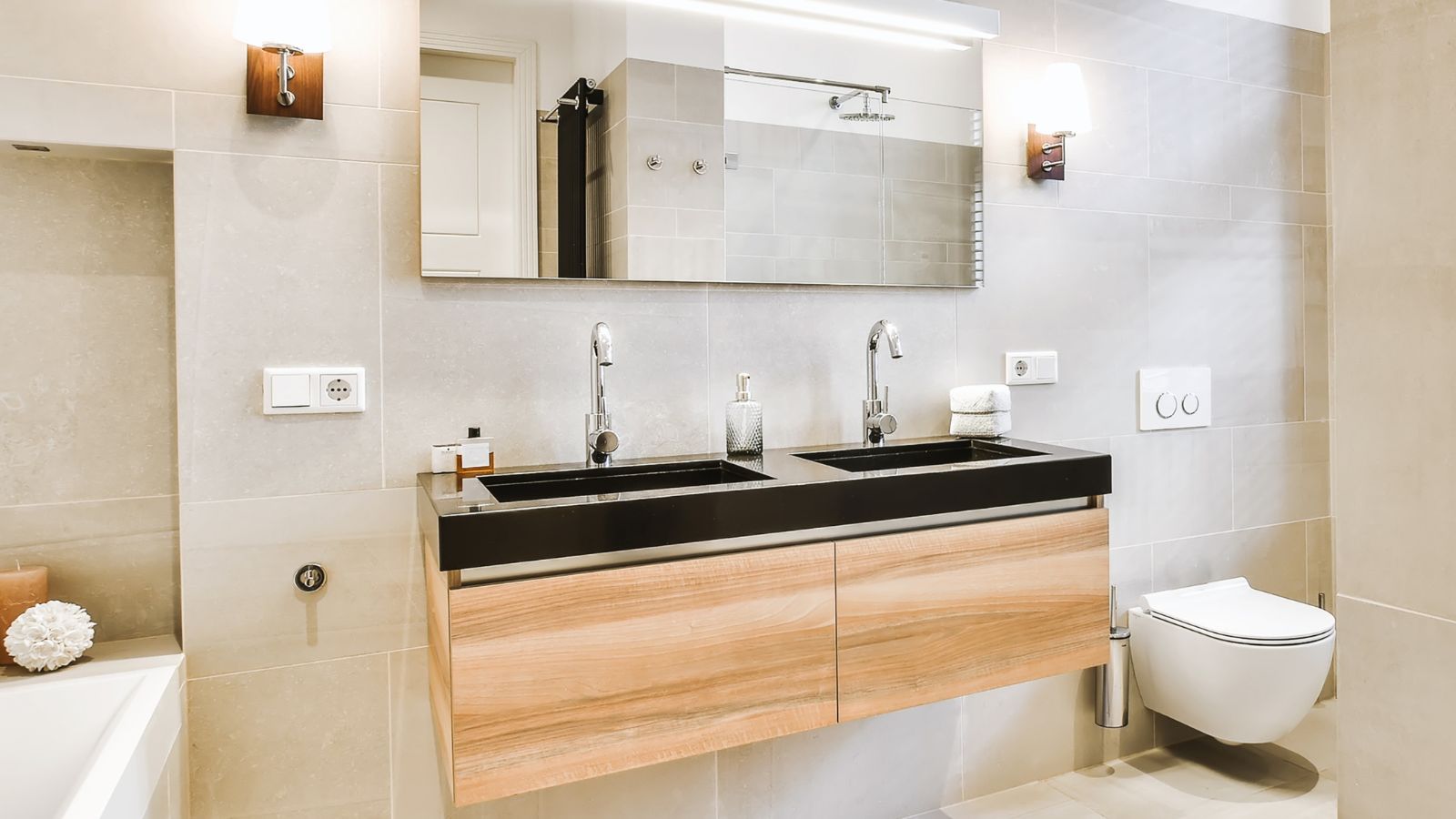
Modern homes often highlight luxurious bathrooms with oversized bathtubs and heated floors. While these features provide a spa-like experience, they can lead to inflated utility bills and significant resource consumption. Homeowners should ensure that luxury doesn’t compromise sustainability.
Invisible Home Automation Hazards
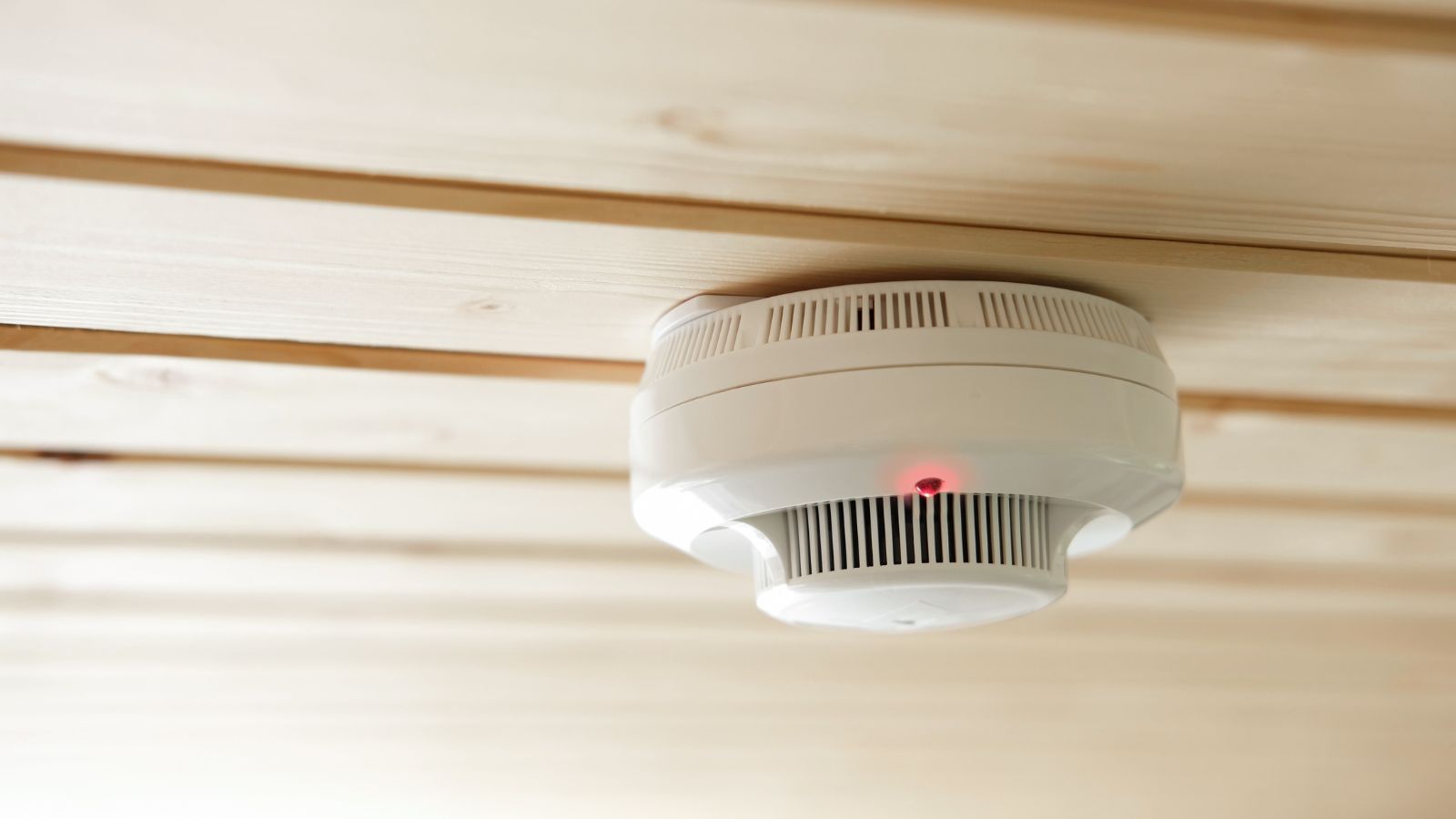
The trend of fully integrated smart homes is increasingly popular, but these systems have their risks. Heavy reliance on technology means that a power outage or system malfunction can lock homeowners out or leave them without essential services like heating and security. Understanding these vulnerabilities is crucial for anyone considering a smart home.
Trendy Furniture that Lacks Comfort
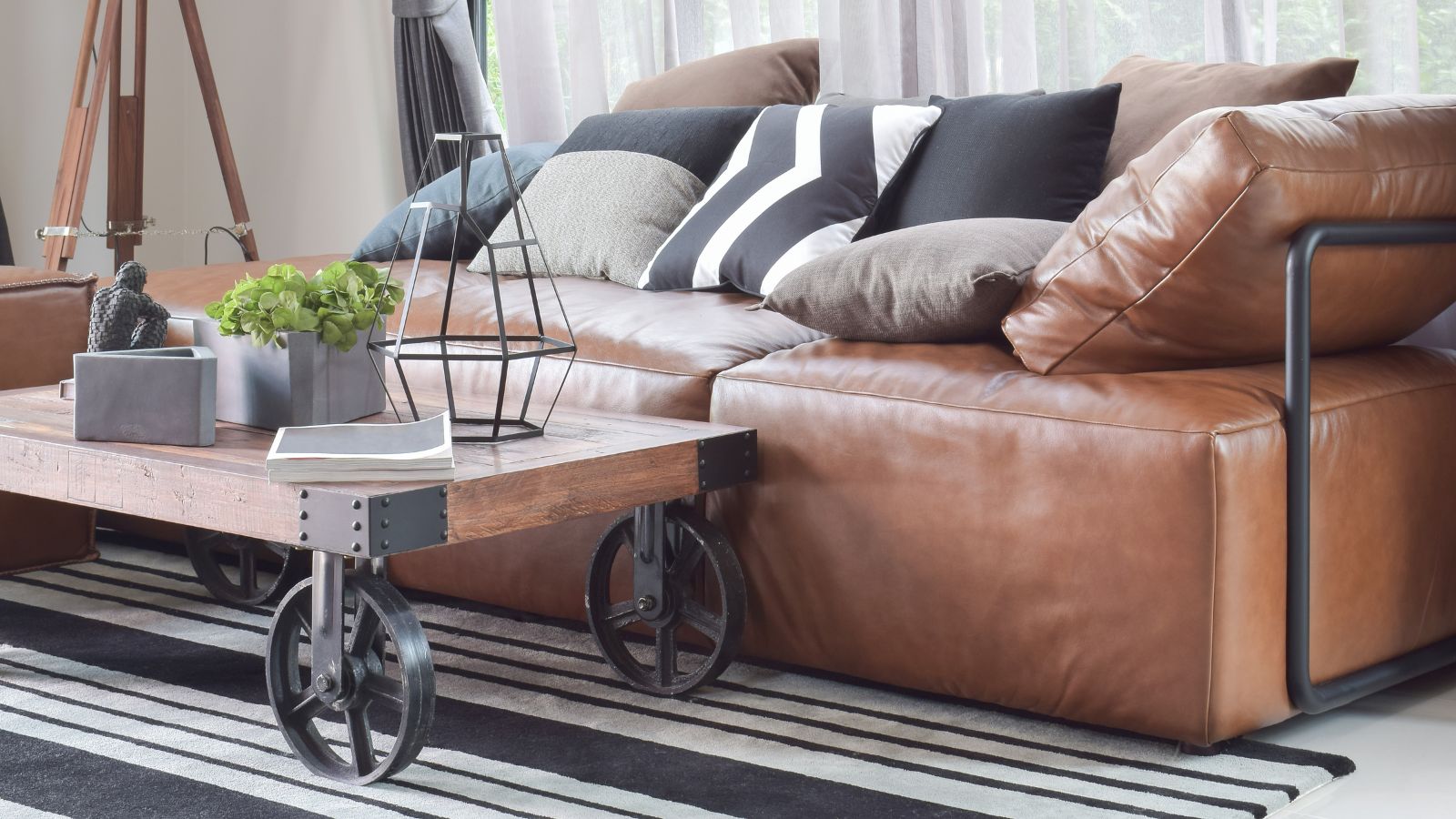
Homeowners often prioritize aesthetics over comfort when selecting furniture, leading to later regrets. Contemporary pieces may look stylish but can lack comfort, making everyday life less enjoyable. When choosing furniture, it’s essential to consider both design and practical needs.
Emphasis on Aesthetics, Neglect of Functionality

In 2024, many housing trends favor visual appeal over practical functionality. Examples include floating staircases without railings and furniture that sacrifices comfort for looks. While these designs can be striking, they may compromise safety and usability. A well-rounded approach that considers both aesthetics and functionality is essential.
Biophilic Design Gone Wrong
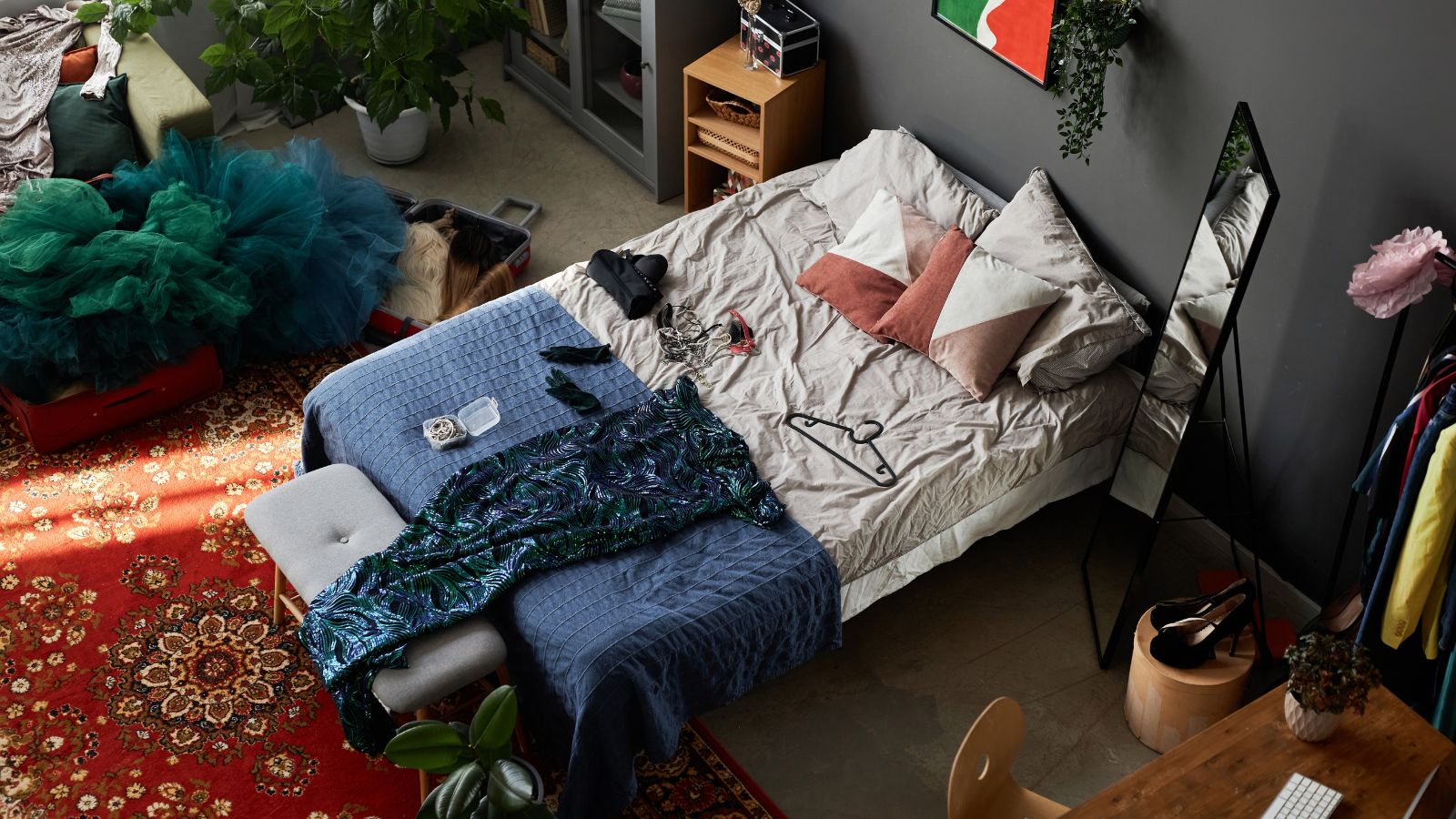
The desire to incorporate nature into homes has led to biophilic designs that often include numerous plants. However, these plants can lead to mold and allergy issues without proper care. Homeowners should ensure they can maintain indoor gardens effectively to enjoy the benefits of biophilic design.
Conclusion
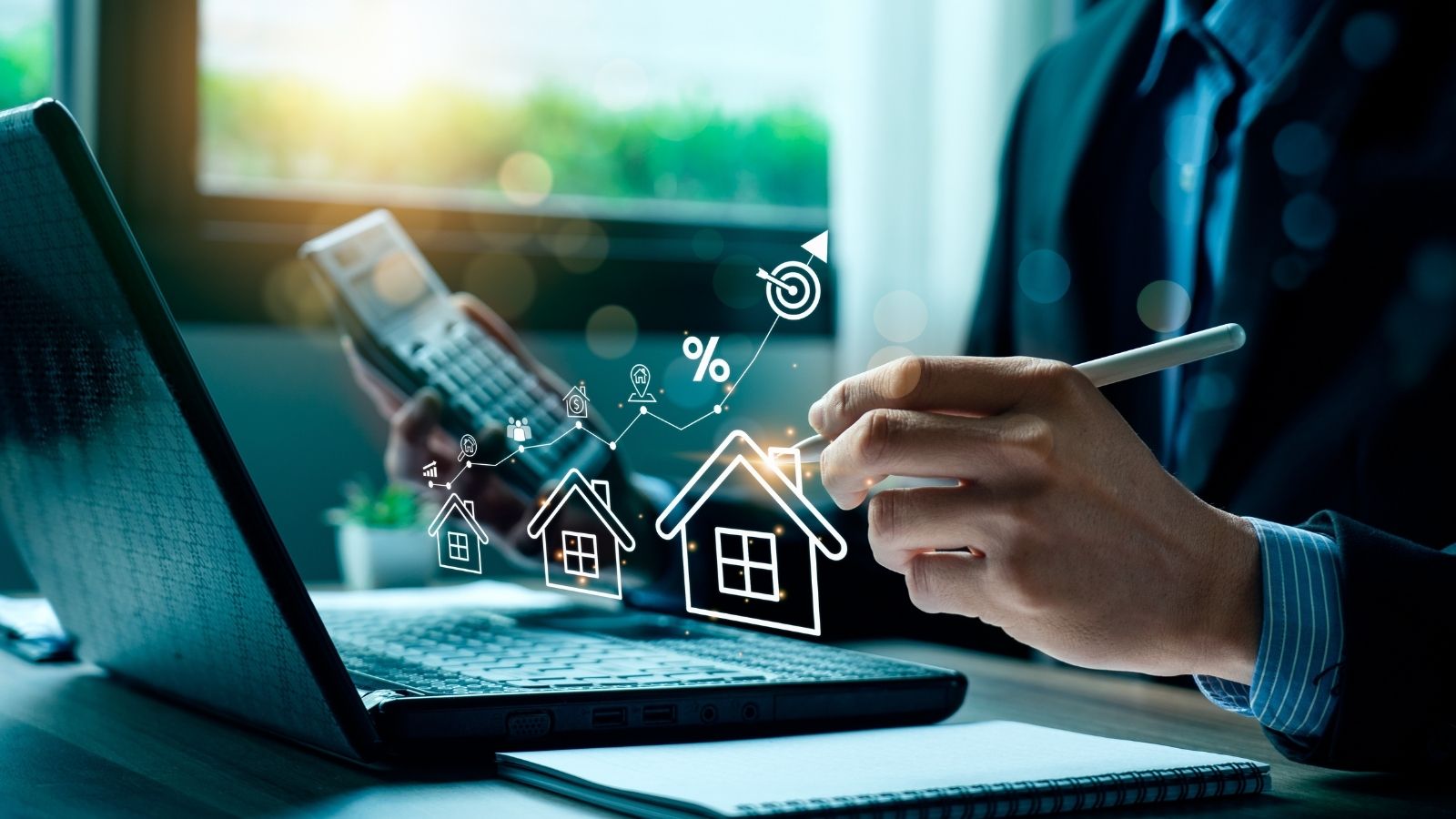
Investing in a home is a significant decision that requires thorough research. While the trends of 2024 may be visually stunning, it’s crucial to recognize the hidden risks associated with them. Always prioritize functionality, safety, and sustainability over mere aesthetics. Whether you’re buying a new home, designing one, or considering renovations, understanding these 20 hidden dangers will empower you to make informed decisions.
18 Reasons Why People Are Leaving Florida in Masses

Exploring factors that impact the desirability of living in Florida, this list delves into various challenges shaping residents’ experiences. From environmental concerns like rising sea levels to economic factors such as fluctuating job markets, these issues collectively contribute to a nuanced understanding of the state’s appeal.
18 Reasons Why People Are Leaving Florida in Masses
